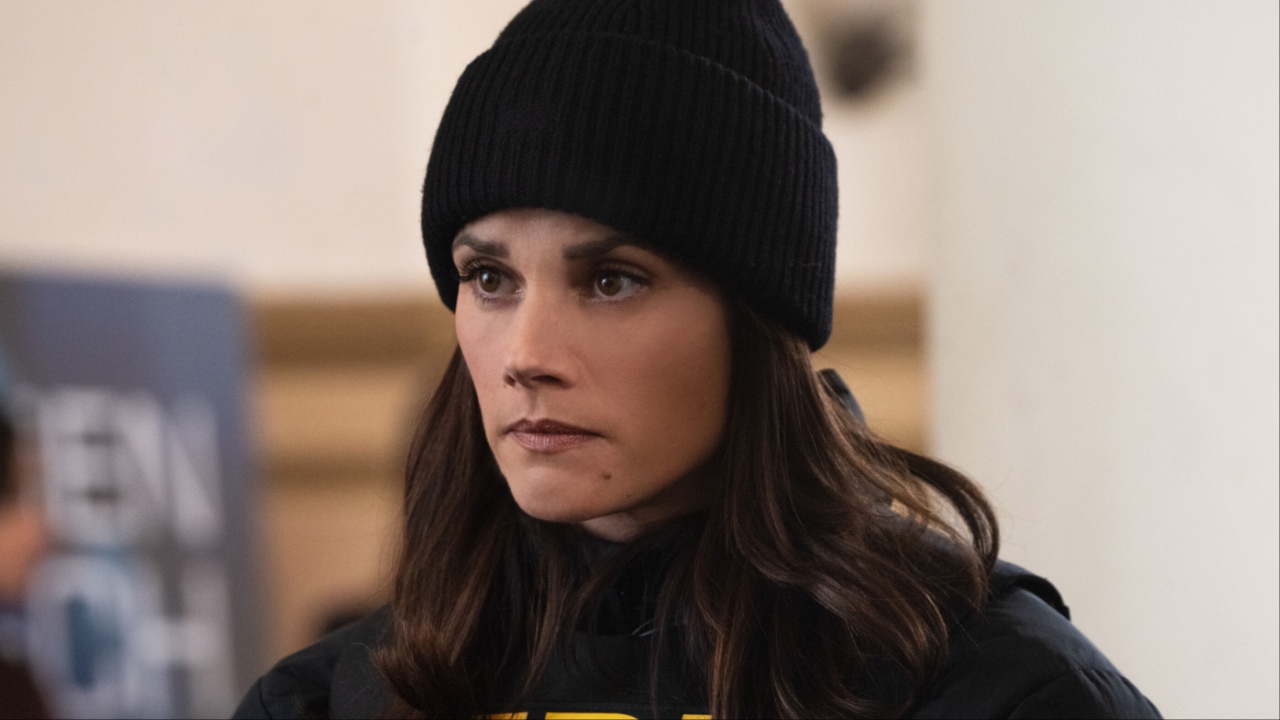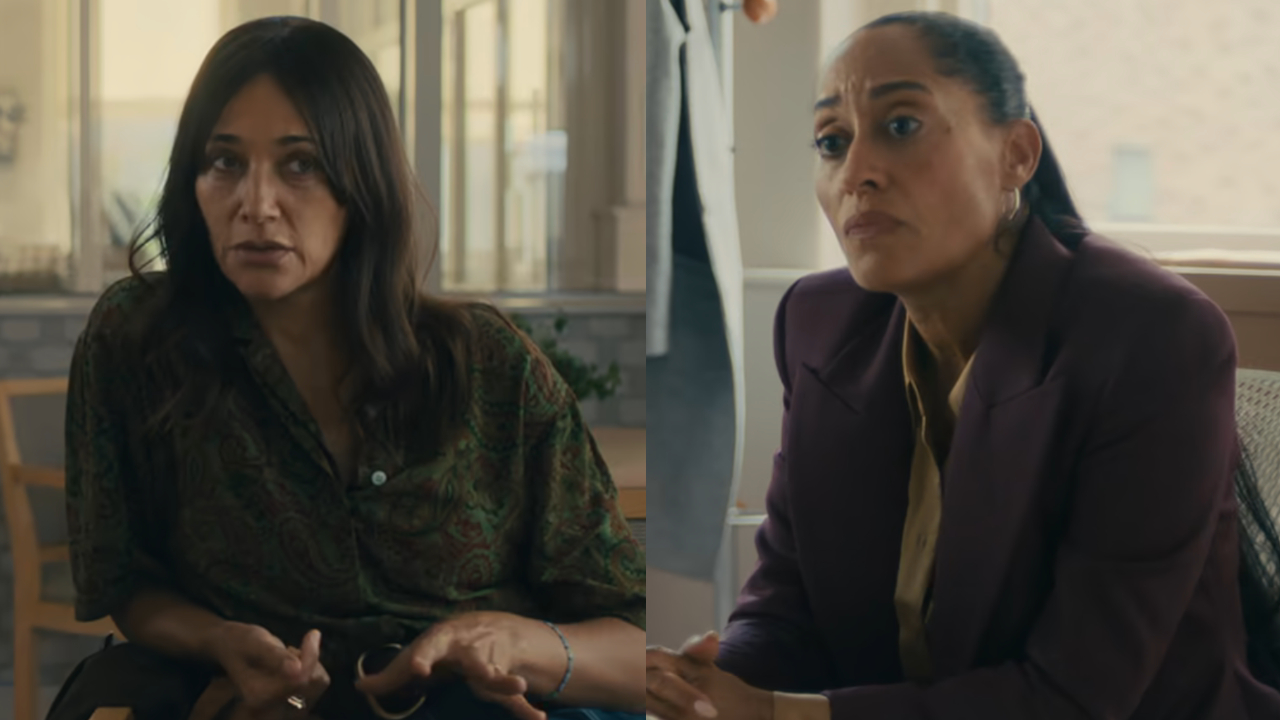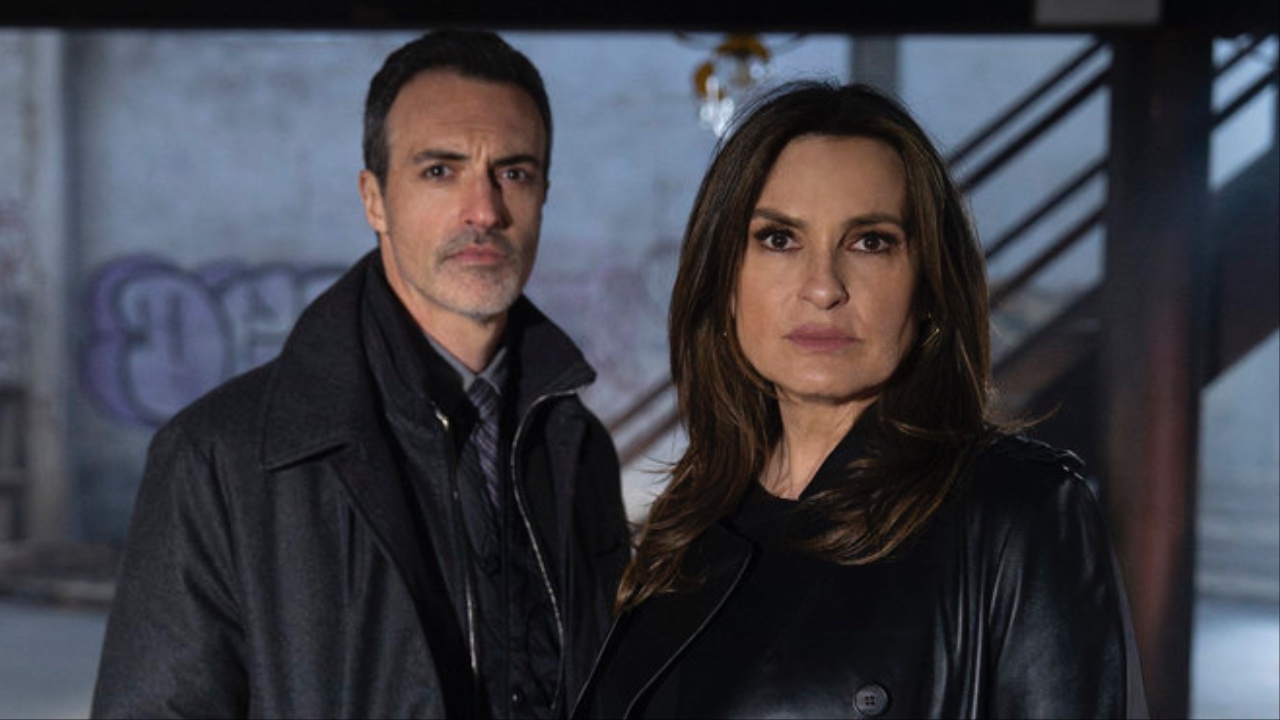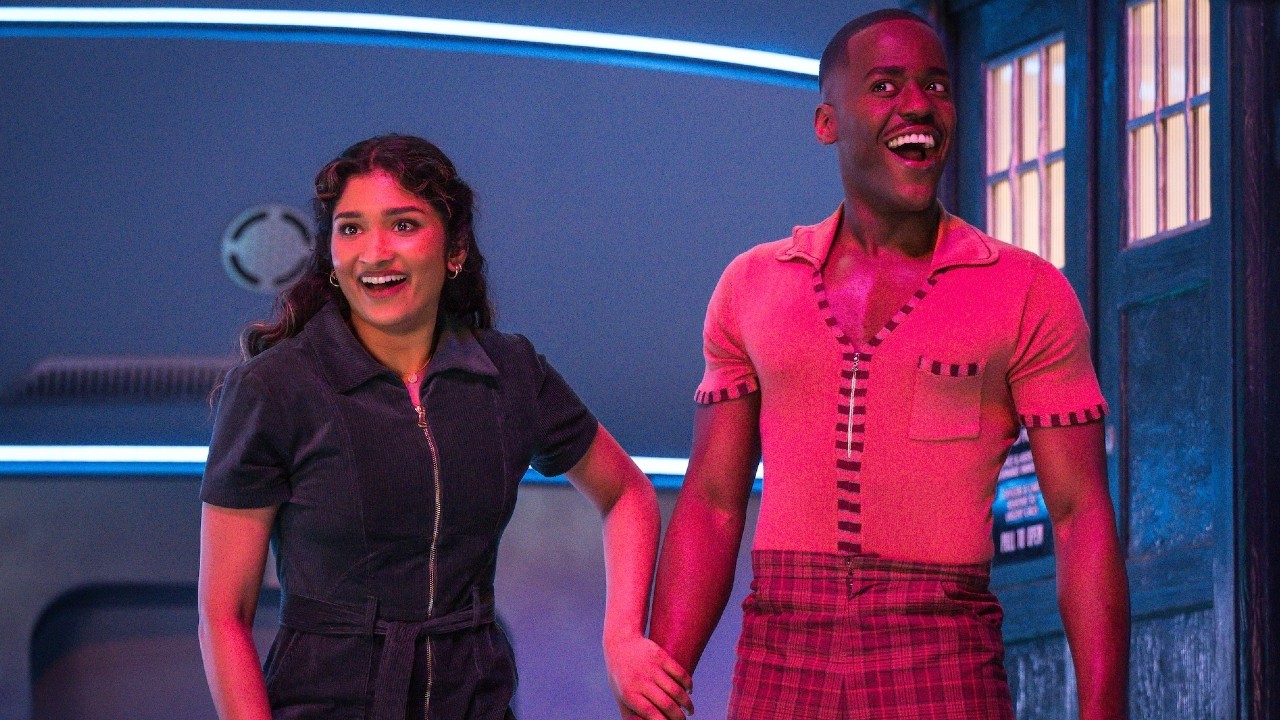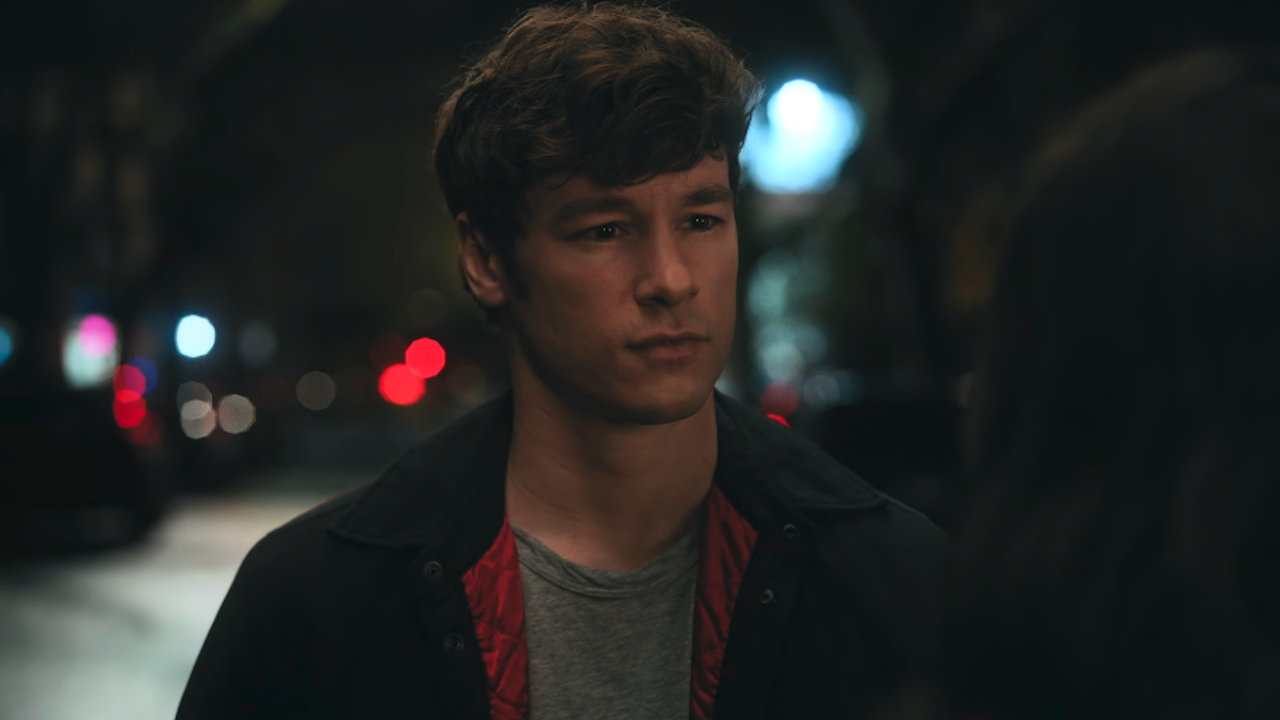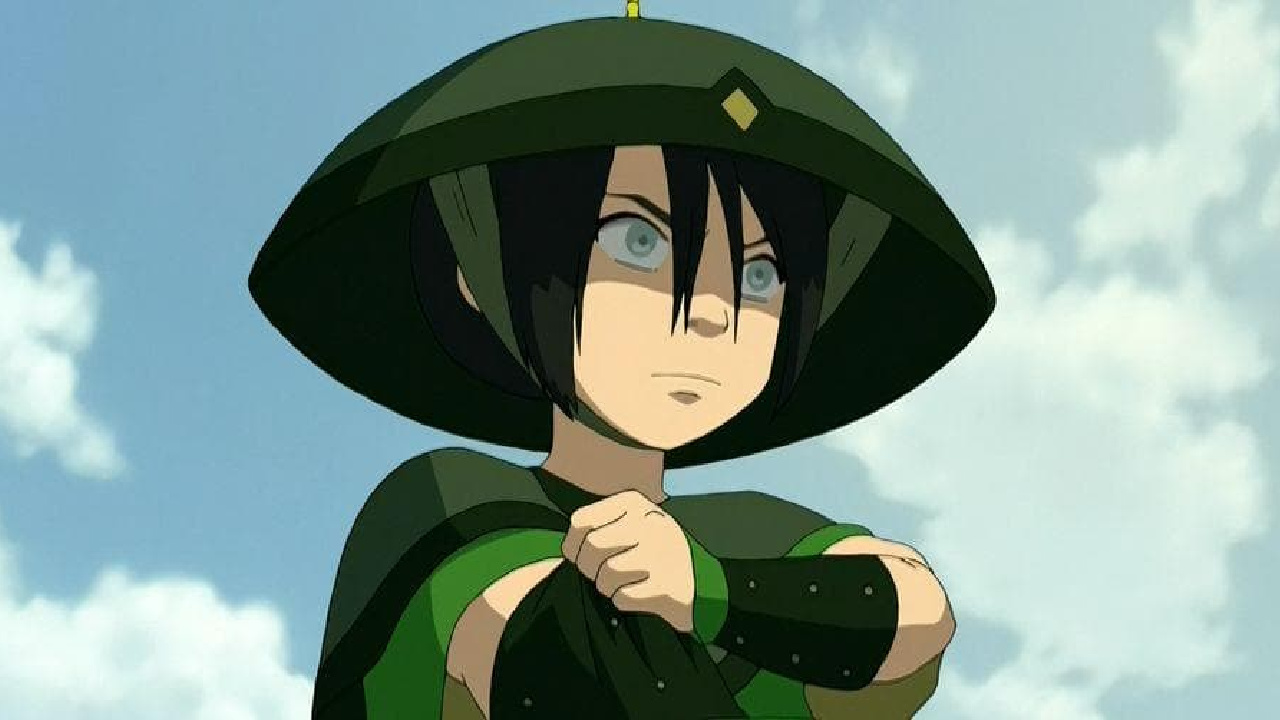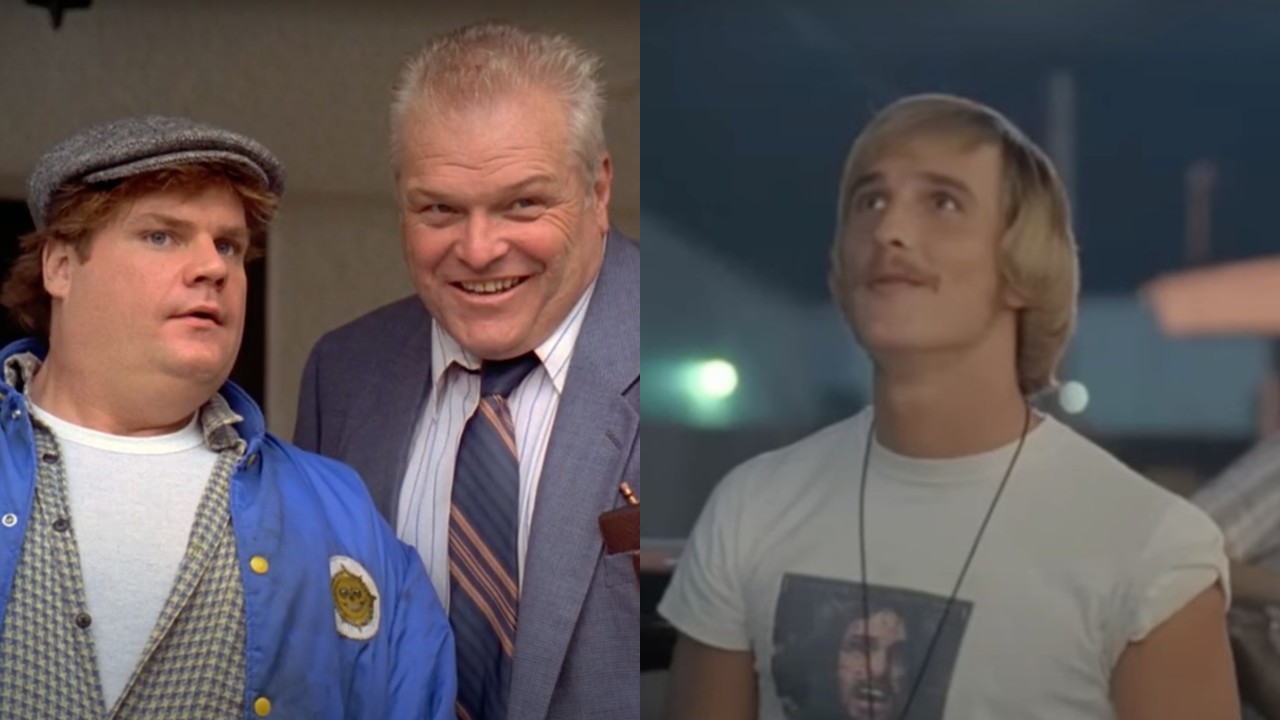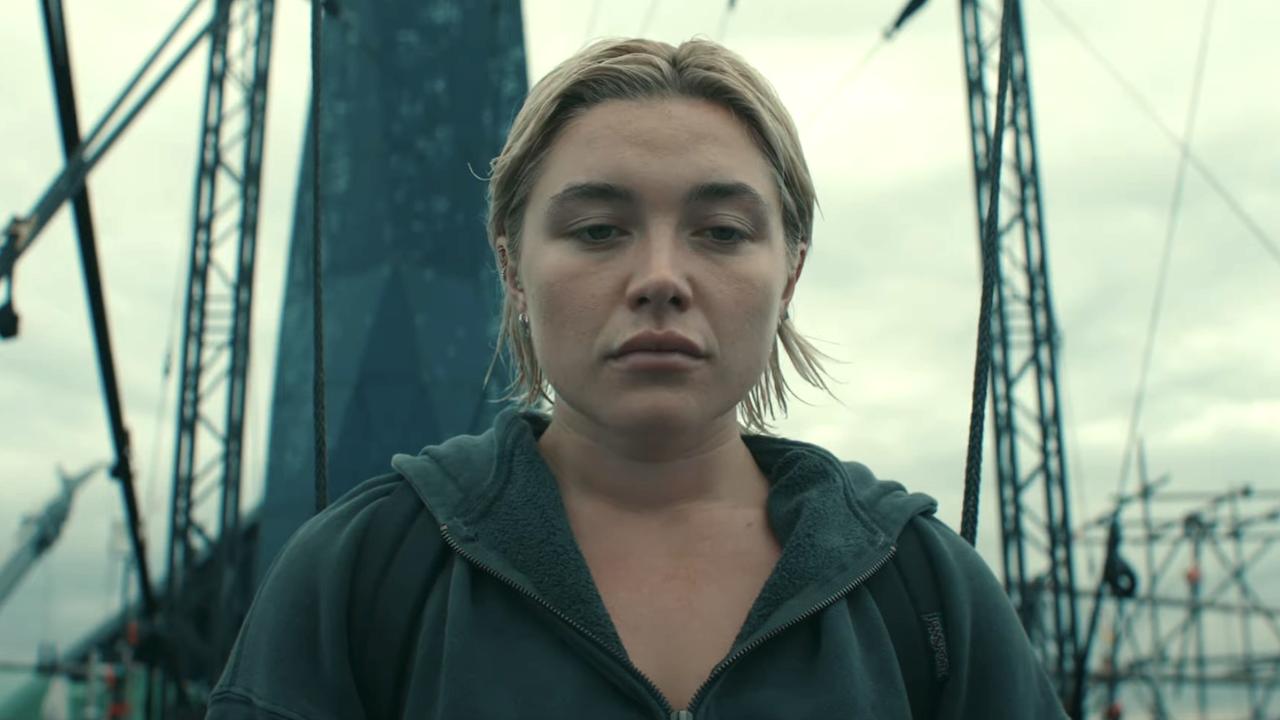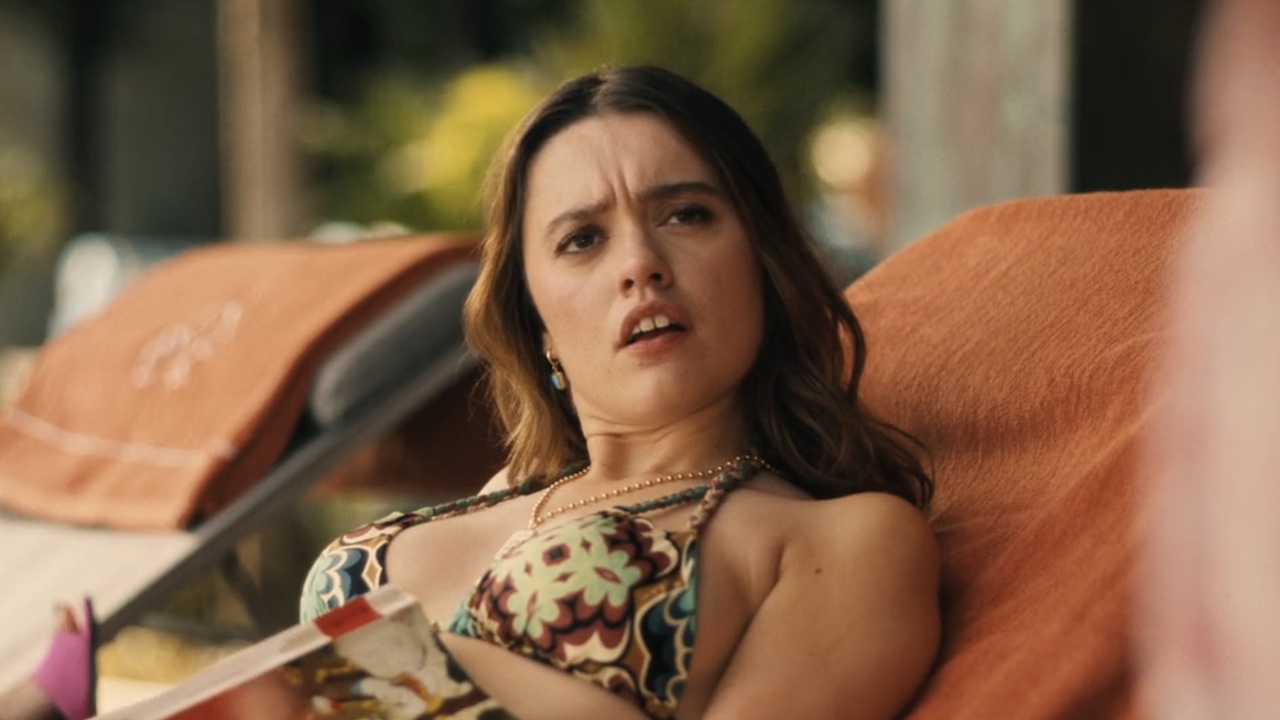A Detailed Discussion Of The Girl With The Dragon Tattoo With Screenwriter Steven Zaillian
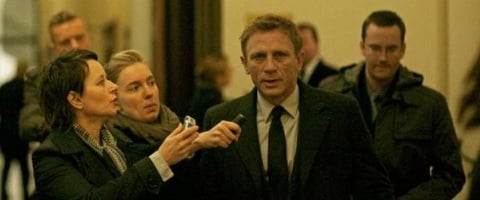
"I've never done a project based on something as well-known as this." That might sound surprising coming from a screenwriter like Steven Zaillian, whose credits this year alone include an adaptation of the bestseller Moneyball, and also wrote the screenplays for American Gangster and Schindler's List. But The Girl With The Dragon Tattoo is no ordinary book adaptation, based on the Stieg Larsson novel that has sold 65 million copies worldwide, and has already been adapted into a Swedish trilogy of films. And it's not just the popularity that made Dragon Tattoo a very different beast for Zaillain. As he put it:
Even with Moneyball and a lot of other things I've done, there's not a clear movie narrative to it. It's more like nonfiction stories, chapters about various aspects of a certain subjects. This is a story. It's actually quite cinematic to begin with, so I think the way I approached it is a little bit different.
When I talked to Zaillian last month, I wanted to get into the details of how he wrote a fairly faithful adaptation of Larsson's book, while also changing key details and working with David Fincher, the director who has openly said he doesn't care much at all about the mystery element of the story. Zaillian, on the other hand, said the mystery definitely interested him, and "I think that's why we complement each other well." Zaillian had completed a draft of the script before Fincher signed on, but together they had "many , many conversations" to hammer things out, including a focus on stripping the dialogue down to a bare minimum. For more on how Zaillian changed the story-- including a few POTENTIAL SPOILERS-- read ahead. The interview won't make much sense to you if you haven't read the book or seen the movie anyway, so pick this up once you've seen The Girl with the Dragon Tattoo, in theaters everywhere now.
If you want a more detailed discussion of the different versions of the story, read our full book to movie comparison.
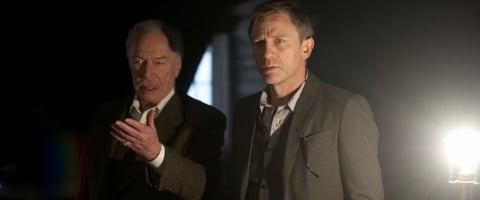
There's so much dialogue in the book, even just with all the Vanger family tree stuff. How do you go about finding what the heart of the story is, and how to cut around it?
I've been doing it for a long time, so I think I have a sense of that. When I'm reading a book for the first time I'm trying to see the movie as a whole, and I'm trying to cut things as I go through it for the first time. I twas tricky with the family, because it's a big family, we want enough suspects in the thing so there's a little bit of mystery of who the bad guy is. So we worked on that quite a bit.
You keep in the Nazi stuff in the family history, which I found interesting. It could be considered tertiary.
Well I knew that I wanted a scene with [Blomkvist] at the end when he had to go into this guy's house [Harald Vanger] and ask for something, so the idea of knowing enough about that character, being this reclusive Nazi, was really there in order to set up that last scene. To have him come in and see these photographs and try to have a normal conversation with this guy.
CINEMABLEND NEWSLETTER
Your Daily Blend of Entertainment News
When you looked at what family stuff to keep in, was it all about what would reflect on the people we actually see in the narrative?
Yeah, but again, you can't only focus on that. You need to have enough alternative suspects, so to speak. I think we actually trimmed out quite a lot of that, but at the end of the day you keep what you need and not what you want. Cecilia, if you read the book, has a much bigger part. If you ask me it's not much of a role. She sleeps with [Blomkvist] and has fights with him, they break up, they get together. To me that was an easy lift.
He sleeps with a lot of people in the book.
Yeah, it's crazy. It just doesn't seem right. That's funny for me to say, it worked great in the book, but I didn't think it was going to work in the movie.
It's so easy to see Blomkvist as an author surrogate. And the challenge you have in the movie is it has to be an omniscient narrator point of view. Was it tough to get the story out of his point of view?
Yeah, it does shift back and forth, the point of view. And it has to be balanced. If you look at the first half of the book, because they don't meet for the first half of the book, just like the movie, I would say that there's probably 70-30 in his favor, if you counted up the pages it's probably his story, and I knew that couldn't be. I knew we had to share the story 50-50 until they met. So more of his stuff came out than hers. All of her stuff stayed. There's certainly nothing that came out.
Well you took out her mom.
I'm going to put her in the second one.It was very tricky, because there is going to be a second one and a third one, and how much of the back story to dole out. We didn't feel it was really important in this one to know anything about her mother or father or anything. There was a lot of talk about "Do we reveal anything about why she was locked up from the time she was 12?" There's that little scene in the movie where they're in bed, when she explains what happens with her father, and it's almost thrown away-- they could be talking about the weather. And that's it, we're done with that.
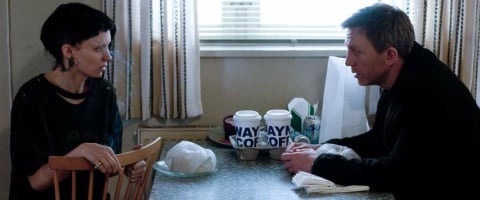
Obviously her guardian is so important in the beginning. Were you worried that people would feel lost, wondering why she has that guardian?
I really feel that people need to know all the information they need by the end of the story, not by the beginning. I know that sooner or later Mikael is going to say, "So, why do you have a guardian? Why are you a ward of the state?" It will get answered. And that's something that I have been conscious of, when I do this, of not putting a bunch of back story into a film before we need it. Bring it out when we need it. Everybody doesn't have to know everything about a character when we meet them, they just have to know everything when it's over.
Have you now created more of a problem for yourself in exposition for the second one?
No. I don't even think they reveal as much as we did in the first one. I don't think she ever says in the first one what happened [when she attacked her father]. So we brought that up from the second one. And then there's all kinds of flashbacks and things in the second book, getting specific. And I'm sure if we do the second one it will get more specific.
Her back story is complicated, but the Wennerstrom stuff starts the book, and you're just thinking "For God's sake, can we get out of the legal system?" But you have to keep him--
You don't have to keep him, by the way. I like keeping him, but you don't have to.
You don't think you need him as a motive for Blomkvist to go up to Hedeby?
Oh yeah, but what you don't need necessarily is the payoff to that story, all of that [with Lisbeth stealing the money]. I like that and we chose to do that. It's nice at the beginning because it puts [Blomkvist] in a kind of situation that will lead to him saying yes to taking this assignment, and it's nice to start a character off who has just been humiliated. We felt that the Wennerstorm character represented a financial villain that was worth dealing with, just like all the other villains in the story. The guardian, the killer, and here's a killer of a different kind.
When you have him introduced in the beginning and avoid getting bogged down the way I think the book does, is it just sticking to the bare minimum of details?
Yeah, I felt the same way you did reading the book, and everyone I've talked to felt that way-- "Come on, 100 pages!" It was a very easy fix. You realize all you need is to see him come out of a courtroom then have a thing on the TV saying "This is what happened" and you're done.
Why did you like the ending of Lisbeth going to the banks enough to keep it?
Because it was showing her dealing with something just like she dealt with her guardian. This idea, it's an important line where she says "What's going to happen to him?" In my mind, she's doing it for him. This guy's not going to pay, he's not going to jail. The idea was she wasn't doing all of that to fatten her bank account, she was doing it to make this guy pay for what he did to this guy that she likes.
When you meet Lisbeth in the book she's described from Dragan Armansky's point of view. She's described by a man, seen from a man's point of view. What this movie does so successfully is have her exist as an individual on her own. Is that something you think about while you're writing it, or does it just develop by having an actual person playing her?
The specific thing about Armansky, I thought that was an odd way in. I like Armansky as a character, but I didn't want any of that he's vaguely attracted to her or all that. I didn't want every character to be that way. I liked the Armansky character a whole lot, but he's certainly not the way into her story. She's the way into her story.
SPOILER FOR THE MOVIE VERSION OF GIRL WITH THE DRAGON TATTOO AHEAD
I think the smartest edit you make is the Harriet/Anita switch-- you chop out a whole digression that way. How did you come to that?
I'm always a little reluctant to talk about it because it's one of the few surprises there are for people who read the book. I felt that this character had been described by Henrik Vanger and other people as really bright, and that they could see her running the company some day. I didn't want to see that person running a sheep farm in Australia. I wanted to see her as an investment banker somewhere else. That's what she would grow up to be. She wouldn't grow up to be a cowgirl.
So it was more from a character standpoint than simplifying the end of the story?
Oh yeah. And then the idea that, I thought would be fun, and even for those people that are familiar with the book, that [Blomkvist has] actually met her before. You get to have at least one surprise.
Staff Writer at CinemaBlend
The Stars Of Black Mirror’s Common People Have Their Own Theories On What That Bleak Ending Really Means, And I Loved Seeing Them Figure It Out In Real Time
Ahead Of NBC's Law And Order Event, Reid Scott Joins The List Of Stars Who Can't Stop Raving About Mariska Hargitay: 'She's A Quarterback'

